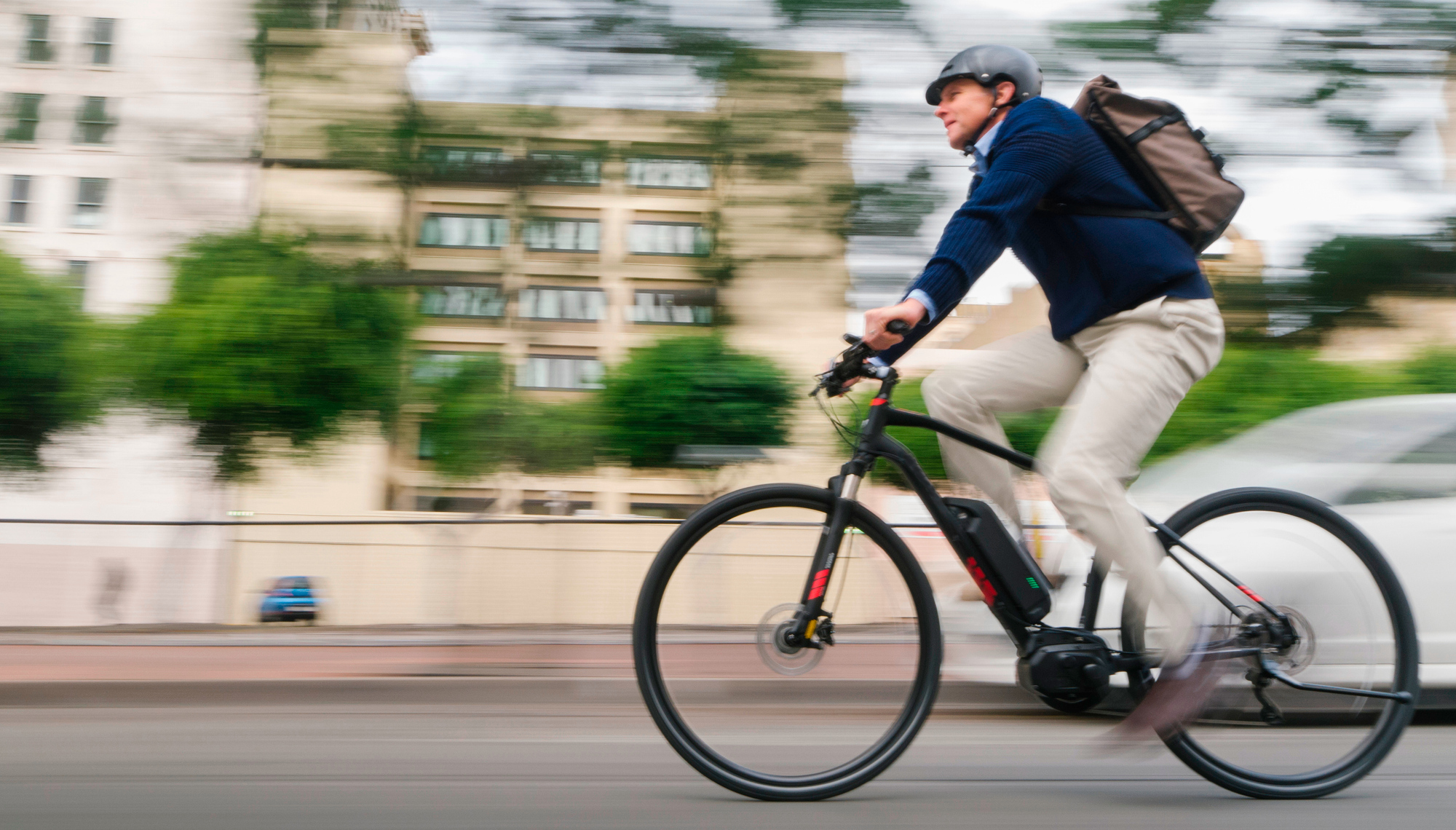Our Verdict
There’s little to fault in the performance of the Coros heart rate monitor, which has been accurate throughout my testing and is comfortable and convenient to use. However, it is a more basic product than rivals, like the Polar Verity Sense, and less accurate than a chest strap monitor.
For
- Ease of use
- Accurate
- Comfortable
Against
- No extra features
- Cheaper options available
You can trust Coach
Renowned for making some of the best sports watches, Coros has moved into the heart rate monitor market with the launch of the Coros Heart Rate Monitor. This excellent device is one of the best heart rate monitors around, mainly due to how easy it is to use: Just slip it on your arm and it turns itself on, links with your watch and starts tracking.
I found the monitor accurate when compared with a chest strap heart rate monitor in my testing, and the battery life is good enough for weeks of workouts. It’s light on features relative to the Polar Verity Sense, and chest straps are available for less, but the Coros HRM is appealingly simple to use if you prefer to wear an armband.
Coros Heart Rate Monitor Review: Price And Availability
The Coros Heart Rate Monitor launched in the US in July 2023 and costs $79. It’s set to be available in other regions from September 2023. That price means it undercuts the Polar Verity Sense armband heart rate monitor, which is $99.95 in the US and £86.50 in the UK.
Design
This Coros is an optical heart rate monitor that sits in a stretchy adjustable band made from nylon, polyester and spandex. There is a Velcro buckle you can undo to take the band off, though you can also just pull it on and off once it’s set to the right length.
It weighs 0.6oz/19g with the band included and is worn around the biceps, which is a more accurate spot than on the forearm because it’s thicker and moves less during activities. The band length can accommodate arm sizes from 7.09-12.6in (18-32cm).
The band itself can’t store workout data, but instead connects to external devices to broadcast the heart rate that it measures. It doesn’t connect via ANT+, only Bluetooth, but can support up to three Bluetooth connections at once. It connects to external devices from any brand, not just Coros watches.

Although the band is waterproof to 30m, with a 3ATM rating, it doesn’t currently have a swimming mode, though this may be added in the future. You can’t broadcast the heart rate to a watch via Bluetooth while swimming, or at least not reliably, because Bluetooth signals don’t travel well in water.
The band has no buttons, instead turning on automatically when you put it on and then turning itself off when you take it off. The rechargeable battery lasts for 38 hours of active tracking, or up to 80 days in standby mode.
How I Tested This Heart Rate Monitor
I’ve used the Coros Heart Rate Monitor to track all my workouts over the past few weeks. I run almost every day, and have also used it to track bike rides and one yoga session. For the first four runs I did with it I also wore the Polar H10 chest strap monitor connected to another watch, so I could compare the readings of the Coros with the accurate H10.
Sports Performance

The Coros monitor is simple to use. Once it’s set to the right length and linked to your watch—I used three different Garmin watches with it and the set-up was quick and easy—you just pull it on and off for your workouts. The band turns itself on and off reliably and doesn’t dally when it comes to the latter, saving battery life.
In the past I’ve found armband heart rate monitors worn on the biceps accurate—more so than the optical monitors worn on the wrist—and this was the case with the Coros monitor. I did four runs comparing it with the Polar H10 chest strap, including an interval session at the track and a tempo 10K, and it matched the strap beat for beat.
There was also little lag behind the chest strap’s readings on intervals, which is impressive for an optical monitor even when worn on the arm. Overall, the accuracy was comparable to the Polar Verity Sense armband, and good enough that I felt comfortable using the Coros HRM as my main heart rate monitor instead of a chest strap.
For the most part, I don’t mind wearing a chest strap because I don’t find them uncomfortable, but the benefits of using an armband were obvious when I took it away for a week of trail-running including a 30-mile run. For these runs I wore a backpack with chest straps, and using an armband meant there was no jostling for position between my heart rate chest strap and the backpack straps.
Over the course of that long run, which was almost five hours, the Coros monitor was so comfortable as to be unnoticeable, and it stayed connected to my watch and delivered reliable readings throughout.
Battery Life

When I checked the battery life of the Coros HRM before and after workouts, the drain matched up well with Coros’s listed life of 38 hours of active use. The band will lose more battery life than your workout time because of the way it turns itself on and off, so it’s wise not to put it on until you’re starting your session, but it’s long-lasting enough that you don’t have to stress about juice.
This battery life gives you more than the 30 hours you get from the Polar Verity Sense, although that has an on/off button so it’s easier to ensure you’re using the battery only when working out with the Polar monitor.
Is The Coros Heart Rate Monitor Worth It?
If you’re just looking for a simple, comfortable and accurate heart rate monitor, the Coros is an excellent choice. The smarter money probably goes towards the more advanced Polar Verity Sense, even at a slightly higher price, because the Polar can store workouts independently of a watch, broadcasts via ANT+ as well as Bluetooth, and has a swimming mode. The Coros has longer battery life and is easier to use.
You will still get slightly more reliable results using one of the best chest straps, like the Polar H9 or H10, and with chest straps like the Garmin HRM-Pro Plus you can also get extra stats like running dynamics.
If you don’t need those features, however, I found the Coros Heart Rate Monitor the most convenient and comfortable monitor to use. That’s why it has replaced the Polar H10 as my go-to heart rate monitor.

Nick Harris-Fry is a journalist who has been covering health and fitness since 2015. Nick is an avid runner, covering 70-110km a week, which gives him ample opportunity to test a wide range of running shoes and running gear. He is also the chief tester for fitness trackers and running watches, treadmills and exercise bikes, and workout headphones.



